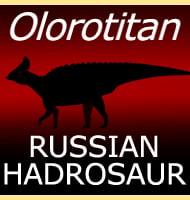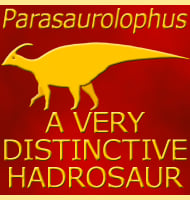Koreanosaurus
In Depth Before this genus was named, Koreanosaurus was the informal name given to a theropod dinosaur, though because no formal description for these theropod fossils was published, the name Koreanosaurus was still available. Henceforth, Koreanosaurus is now a valid genus of ornithopod dinosaur. Koreanosaurus is a possible relative of the genera Orodromeus, Oryctodromeus and … Read more

